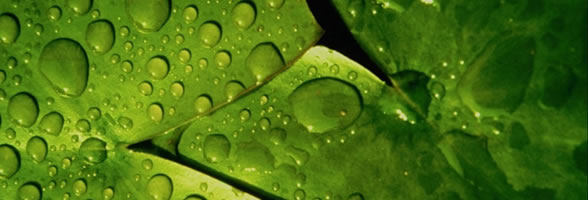
An online textbook explaining photosynthesis and cellular respiration...
Light - Independent Reaction
The second part of the photosynthetic process is the light – independent reaction, otherwise known as the Calvin Cycle. The purpose of the Calvin Cycle is to produce glucose though the usage of ATP and NADPH molecules to rearrange the carbon atoms in CO2 molecules. The first step of the process is to take in carbon dioxide through the stomata (openings) of the leaf. As carbon dioxide enters, it combines with RuBP molecules to make molecules named PGA molecules. The newly formed PGA molecules are then re-arranged with the help of the energy in ATP and NADPH molecules. After this transfer of energy, the PGA molecule becomes a molecule named PGAL (G3P). The ATP and NADPH become ADP and NADP+ after losing its energy and electrons. These two energy carrier molecules return to the light – dependent reaction after losing their energy. In two cycles, 2 molecules of PGAL step out of the cycle to create glucose molecules. The rest of the PGAL molecules are then re-arranged into more RuBP molecules to continue the cycle with the help of the energy from ATP molecules. Again, after transferring energy, the ATP become ADP and moves back to the light – dependent reaction. The reactants of this process are ATP, NADPH, and carbon dioxide. The products of this cycle are ADP, NADP+, and glucose. This entire cycle takes place in the stroma of a chloroplast.

